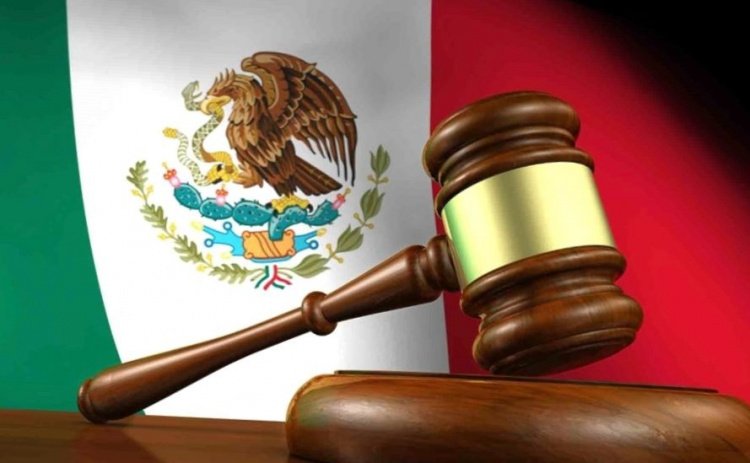Mexican Crypto Industry Trapped In "Catch-22." Will The Regulation Paradox Change?

Mexico, or the United Mexican States, is one of the most economically significant and developed countries in America. The state participates the North American Free Trade Zone (NAFTA), developing strongly due to the foreign trade.
Mexico is characterized by the development of agro-industry (plant growing) and the mining industry. The country produces oil, natural gas, iron ore, etc. In the manufacturing industry of Mexico, ferrous and nonferrous metallurgy, mechanical engineering, chemical and petrochemical, cotton, food and beverage industries are the most developed. However, this is not all Mexico is characterised by. It is also remarkable for the development of the digital economy — the IT industry in this country is the largest in Latin America.
The development of financial technologies in Mexico
In turn, this boosted the development of the financial technology industry — and that required regulation. In 2018, the Mexican Congress passed a law for fintech companies. This law stipulates that services that hold custody of users’ fiat money or cryptocurrencies (most brokers and exchange business models require this) have to apply for a license issued by CNBV, the Mexican equivalent of the US SEC.
Also in March 2018, the Mexican government presented a bill in which Bitcoin was described as a digital asset, in addition, rules were established for conducting operations with virtual money.
"Catch-22" — a path from nowhere to nowhere
Nevertheless, the development of crypto industry in Mexico has recently been under threat —in early March of this year the Central Bank published a circular that can completely change the situation for companies dealing with cryptocurrencies.
The issued circular contains details regarding the regulation of financial technology institutions. It says that "institutions may only enter into transactions with virtual assets that correspond to internal transactions, subject to the prior authorization granted by the Bank of Mexico." In addition, the provisions specify that “They will not be eligible for obtaining the authorization” to directly provide their clients with cryptocurrency exchange, transmission or custody services. Well, the real “Catch-22” is enacted,as it is a logical loop that leads to nowhere.
Tomas ALVAREZ, CEO of Volabit, a Mexican crypto exchange, explains the situation in a simpler way:
“This is a catch-22 type of situation because, as a Mexican exchange, the law requires you to become a regulated financial institution (otherwise you would be operating illegally). However, once you obtain this license you would not have the authorization to list any cryptocurrencies, making it legally impossible to operate an exchange in Mexico with the fintech law in place.”
So, how did this awkward situation happen? The 2018 FinTech law laid the responsibility on the Central Bank to determine which cryptocurrencies were authorized to be offered to the public by these regulated companies. The Bank of Mexico had 12 months to develop a secondary law and come up with a new structure or list of authorized cryptocurrencies. According to Tomas ALVAREZ, the deadline was due and the Bank of Mexico has published laws which “essentially stipulated that they wouldn’t authorize any cryptocurrency to be offered by regulated financial companies.”
Is there a way to change all of this?
The provisions in the circular are subject to public discussion before June 5. Officially, the law has been in effect since its publication, however, there is one interesting fact. It only applies to regulated FinTech companies of which none exist yet — the process for becoming a regulated FinTech company has not been determined yet by CNBV. Logical loops... intensified.
Image courtesy of Cryptolerance